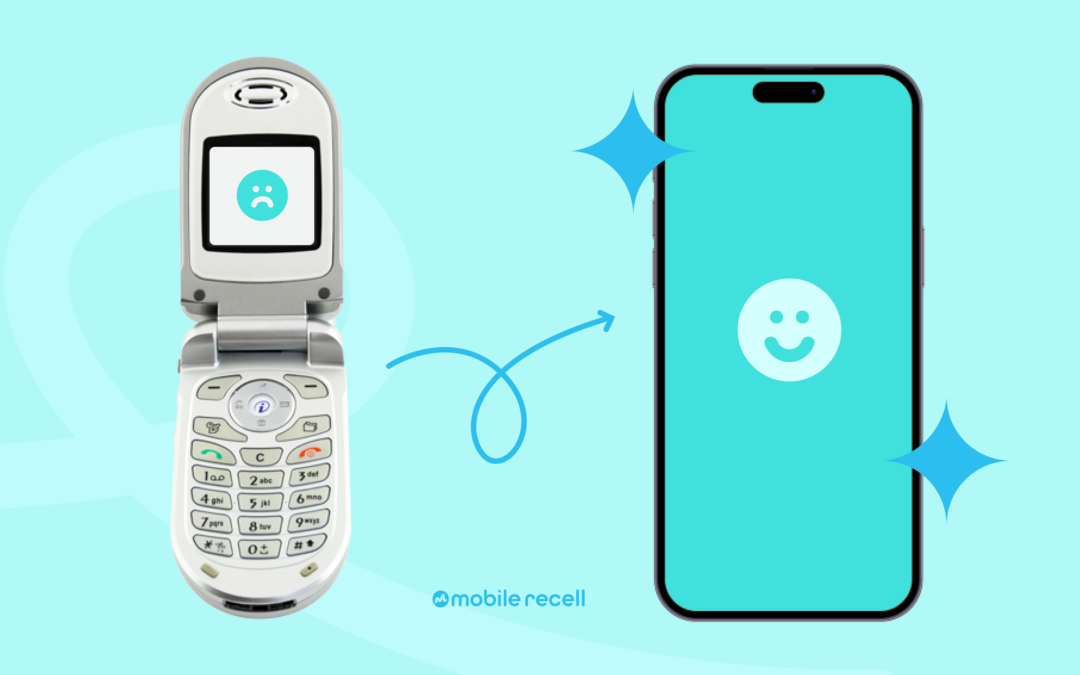In the IT world, it used to be a routine practice to refresh all smartphones at the expiration of a device contract. However, with device contracts becoming less common due to updated asset models being developed every year, companies usually experience an asset refresh every two or three years.
There are many reasons why companies choose to refresh their mobile assets, but some of the most common reasons include: increasing IT asset security, reducing the demands on IT support, and improving end user productivity.
Increased IT Asset Security
Older IT assets are more vulnerable to security risks like malware and cyber attacks.
Due to standard manufacturer warranties providing limited coverage, older assets are often no longer supported by manufacturers’ software updates. Once an older model asset no longer receives software and security updates from the manufacturer, the valuable corporate data on that asset becomes vulnerable and exposed.
Getting assets enrolled in a Unified Endpoint Management (UEM) environment is easiest when an asset becomes eligible for an upgrade. Deploying a Unified Endpoint Management (UEM) software to all company-owned assets is important because the software enables companies to:
- Enforce passcodes and policy restrictions.
- Update operating systems and deliver security patches.
- Deploy and manage applications across devices.
It is also important to enroll company-owned assets in device manufacturers’ programs because they help with asset inventory management for the business. Examples of device manufacturers’ programs include:
Reduce the Required IT Support
As assets age, they require more IT maintenance than newer models for several reasons.
Some of the most common reasons older assets require more maintenance include battery failure, inability to meet requirements for new software updates, and insufficient storage.
Repairing older assets results in higher IT support costs and lost time due to troubleshooting, which can quickly diminish savings.
Older assets have a higher likelihood of device failure, leading to downtime during the workday for employees, which is why we recommend retiring older assets when upgraded models are available.
Improve End-User Productivity
Newer IT assets increase end-user productivity rather than depleting it, and tend to have faster-operating speeds.
A processor lies at the center of a mobile asset and serves as its foundation. The device processor’s specs determine whether an asset functions at a high, moderate, or reduced speed.
However, speed isn’t the only important feature when it comes to processors.
Processors also affect battery efficiency, multitasking, and mobile assets’ ability to perform functions when the screen is shut off—like automated push notifications and running background applications.
Additionally, older IT assets frequently experience technological issues.
Slow-loading apps and web pages, screen freezes, intermittent drop-outs, and having to constantly recharge a dying battery all increase employee downtime.
Enabling your workforce with new device features allows employees to sync notes between their phones and computers, keep tabs on your competition, utilize the Do Not Disturb feature, and increase overall end-user productivity.
Benefits of Working with Mobile reCell for IT Asset Recovery
These are just a few of the reasons your company might initiate an IT asset refresh.
Mobile reCell partners with your IT team to identify the asset refresh drivers that make the most sense for your company.
Our team of experts will walk through your existing asset workflows and provide best practices based on years of experience optimizing our customers’ asset recovery programs.
For assistance with retiring or upgrading your companies’ older assets, visit us here.
Follow us on social media!
Mobile reCell Linkedin | Mobile reCell Twitter | Mobile reCell Facebook

